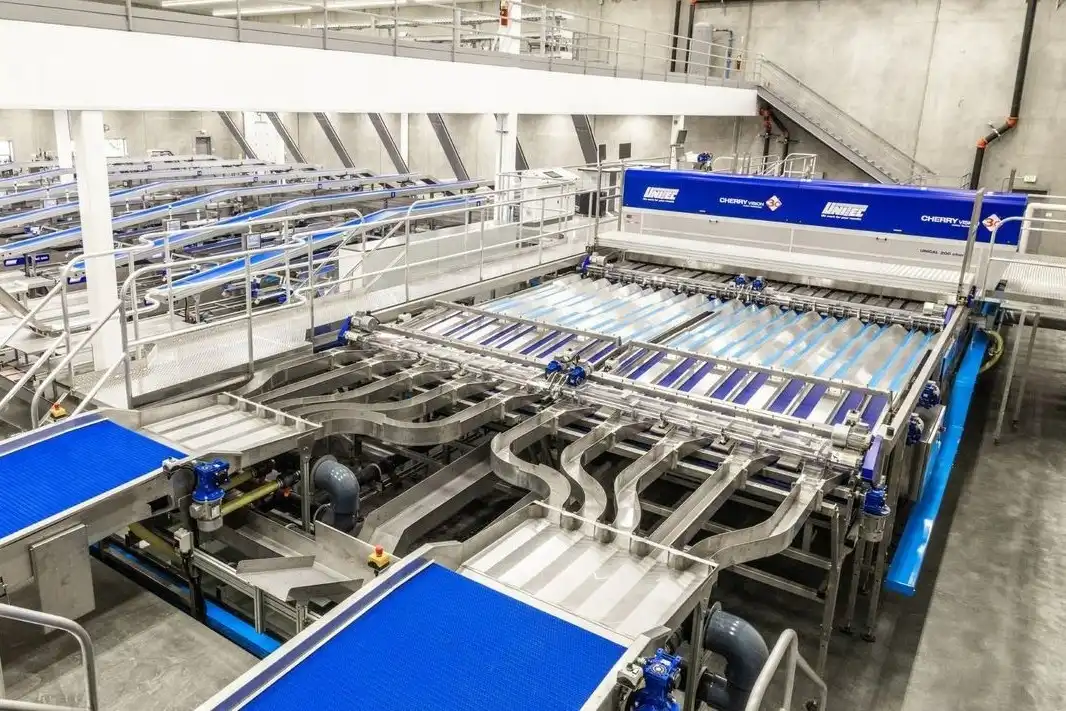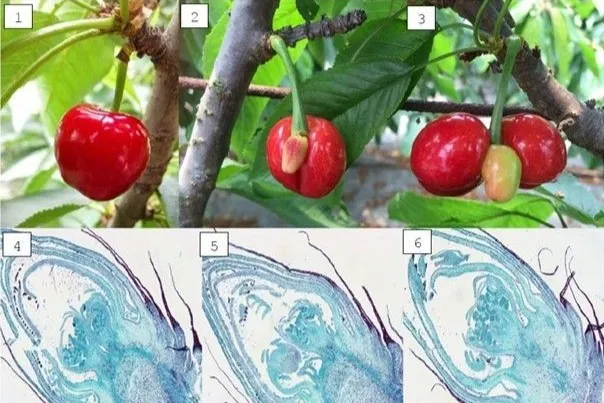Central Otago (New Zealand) – In a highly variable and complex climate context, NZ Cherry Corp has embarked on a path of irrigation innovation that is delivering tangible results: more export-quality cherries, improved fruit firmness, and reduced waste.
The company, led by General Manager Reece van der Velden, manages approximately 70 hectares of cherry trees across four orchards in the Cromwell area, with production focused on premium varieties such as Stella, Kordia, Lapins, and Staccato.
Climate challenges and irrigation management
Despite being located inland in the Central Otago region, climatic conditions during the growing season can be highly variable, with evapotranspiration rates exceeding 6 mm per day at seasonal peaks.
Irrigation is therefore a crucial element, especially in the period between fruit set and harvest.
The soil types vary from deep loamy soils to sandy soils with a high presence of stones and low water retention capacity. In this scenario, the company adopted a micro-sprinkler irrigation system delivering 3 mm/hour per hectare, supported – starting from the 2023–24 season – by an advanced soil moisture monitoring system in collaboration with Primary Insight.
Technology and management change
During the 2023–24 season, the first five "Drill & Drop" probes of 90 cm were installed, each equipped with an IoT DTU unit. Initial challenges related to the probes' responsiveness in sandy, heterogeneous soils compared to sprinkler coverage were resolved through targeted repositioning of the systems.
Confirming the project’s effectiveness, in the following season (2024–25) NZ Cherry Corp installed four additional probes to expand monitoring coverage.
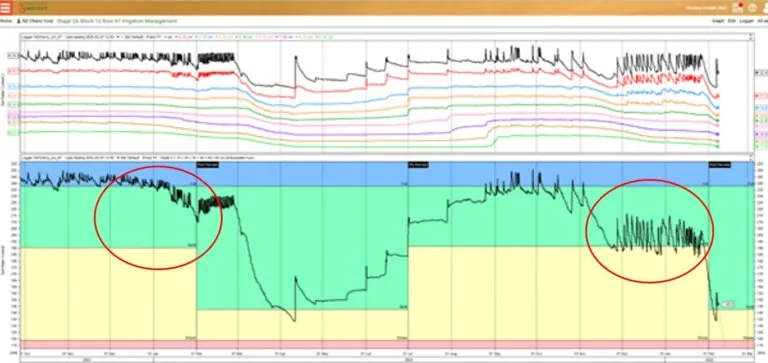 Figure 1. Soil moisture trend graph on IrriMAX Live
Figure 1. Soil moisture trend graph on IrriMAX Live
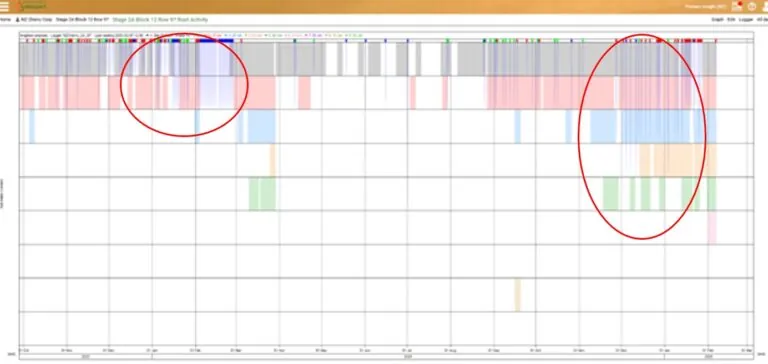 Figure 2. Root activity graph on IrriMAX Live showing the 2023–24 season compared to the 2024–25 season
Figure 2. Root activity graph on IrriMAX Live showing the 2023–24 season compared to the 2024–25 season
A key finding from the international review conducted by Primary Insight, as part of the trials promoted by Summerfruit NZ, relates to maintaining soil moisture around 80% of field capacity between the budding phase (September–October) and harvest (December–February).
After harvest, the goal is to gradually reduce moisture to the stress threshold to stimulate bud development and halt vegetative growth.
The results achieved
The adoption of new irrigation strategies led to a significant improvement in quality: firmer cherries, with greener stems and less waste. Data collected during the 2024–25 season confirmed a 10% increase in export yield compared to sites with non-optimized irrigation.
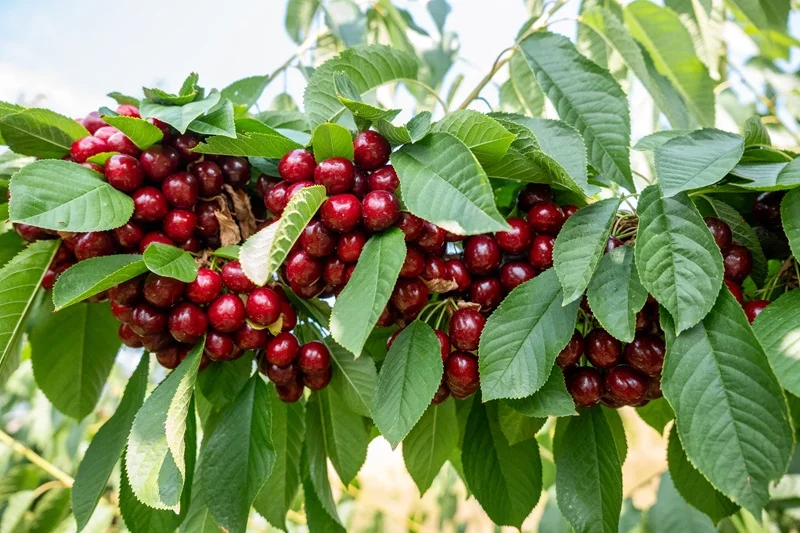 Figure 3. 2024–25 season irrigation trials showing pack-out percentages for export, domestic, and waste fruit under different irrigation practices
Figure 3. 2024–25 season irrigation trials showing pack-out percentages for export, domestic, and waste fruit under different irrigation practices
The varieties remained consistent in size and color but with greater firmness, a key factor for the Asian market.
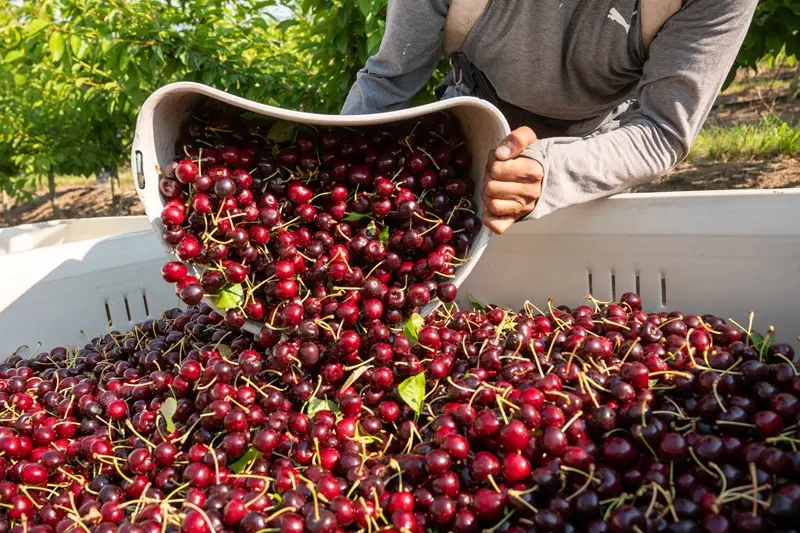 Figure 4. 2024–25 season irrigation trials showing pack-out percentages for export, domestic, and waste fruit under different irrigation practices
Figure 4. 2024–25 season irrigation trials showing pack-out percentages for export, domestic, and waste fruit under different irrigation practices
"The whole team now understands the importance of precise irrigation. Thanks to the support of Primary Insight and the use of IrriMAX Live graphs, we are able to make informed decisions day by day. An investment that has already paid off," said van der Velden.
Future outlook
The case of NZ Cherry Corp shows how the adoption of smart technologies and a data-driven agronomic approach can make a difference not only in production quality but also in export profitability.
A virtuous example that could inspire growers even in Italy, where the adoption of precision irrigation tools is still in progress, but represents a strategic lever to compete in global markets.
Text and image source: sentektechnologies.com
Cherry Times - All rights reserved








